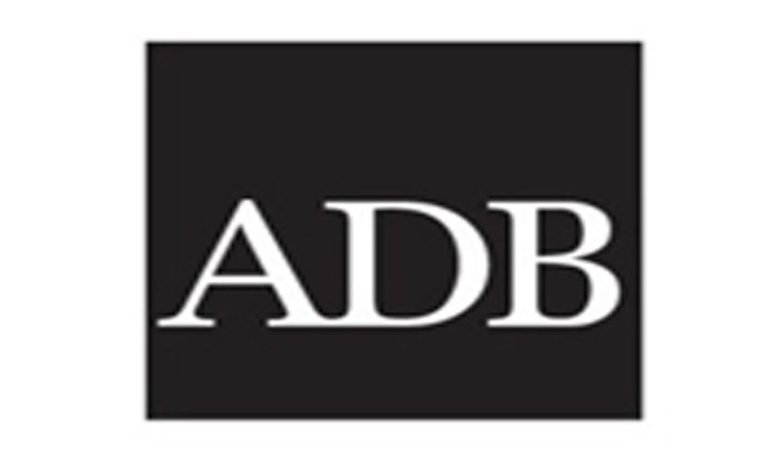BANGLADESH’S ECONOMIC GROWTH TO GAINMOMENTUM IN FY2026


Staff Correspondent: (30September2025)—Bangladesh’s economy is estimated to growby 4.0% in fiscal year (FY) 2025,rising to 5.0% in FY2026, according to the Asian Development Outlook (ADO) September 2025, released today by the Asian Development Bank (ADB). Although garment exports remain resilient, the slowergrowth estimatereflects subdued domestic demand amidongoing political transitions, recurrent flooding, industrial labor disputes, and persistentlyhigh inflation.The economy expanded by 4.2% in FY2024.
“Futuregrowth will depend on improving the business environment to boostcompetitiveness and attract investment, and on ensuringreliable energy supplies,” said Hoe Yun Jeong, ADB Country Director for Bangladesh. “The impact of US tariffs on Bangladesh’s trade remains to be seen, and vulnerabilities in the banking sector persist. Addressing these challenges is essential to achieving higher economic performance.”He added, “some downside risks to the FY2026 outlook persist.Trade uncertainty, banking sector weaknesses, and potential policy slippagescould impede progress. Maintaining prudent macroeconomic policies and accelerating structural reforms are critical to strengthening resilience.”
According to ADB media, Inflation is estimated to rise from 9.7% in FY2024 to 10.0% in FY2025,driven by limited competition in wholesale markets, inadequate market information, supply chain constraints, and the weakening of the taka. The current account is expected to post a small surplus of 0.03% of GDP in FY2025, upfroma deficit of 1.5% of GDP in FY2024,supported bya narrowing trade gap and robust remittance inflows.
Looking ahead, the ADO September2025forecasts that consumption will remain the primary driver of growth in FY2026, spurred by robust remittance inflows and election-related spending. However, contractionary monetary and fiscal policies, along with heightened investor caution are expected to dampen investment. Global tariff hikes, including a 20% tariff on Bangladesh exports to the US, and stiffer competition in the EU are expected to weigh on exports and growth. Exporters may be compelled to reduce unit prices in response to this heightened competition.
On the supply side, services are expected to expand, driven byimproved household purchasing power. Agricultural growth is likely to normalize, contingent on favorable weather and effective government policy support. In contrast,industrialgrowth may slowas US tariffs constraineconomic activity.





